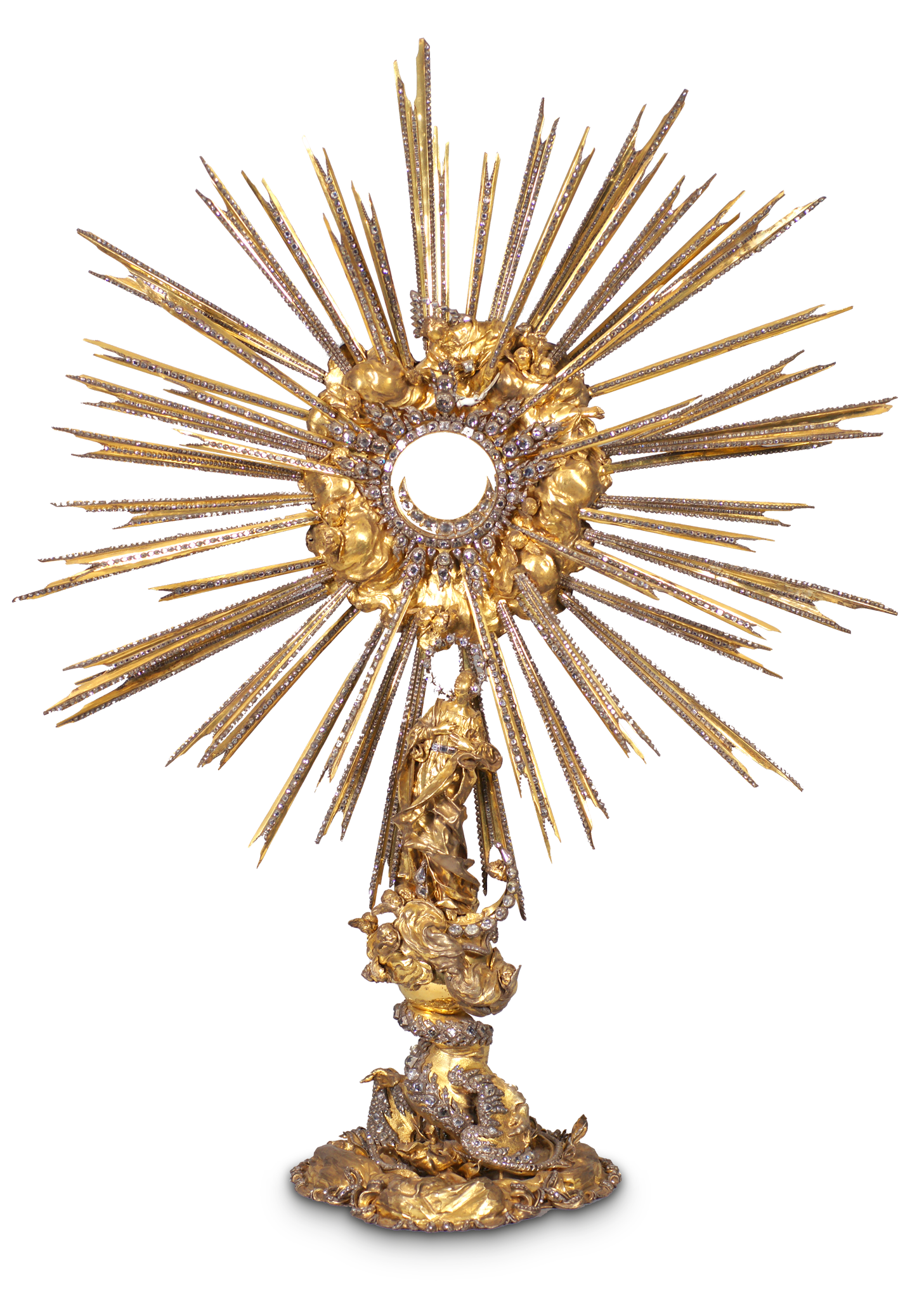
THE LORETO
At the heart of this sparkling 17th-century Baroque pilgrimage site is its claim to fame and most proud possession: a replica of the original Santa Casa in Loreto, Italy, believed to be the house where the Virgin Mary received the Incarnation. Construction of the grandiose church and the surrounding chapels coincided with the Counter-Reformation, and one of Prague’s first Baroque buildings was intended to lure Czechs back to the Catholic faith.
NEED TO KNOW
![]() Loretánské náměstí 7 • 220 516740 • www.loreta.cz • Open Apr–Oct: 9am–5pm daily; Nov–Mar: 9:30am–4pm daily • Adm (under 6 free, family tickets available); audio guides can be hired
Loretánské náměstí 7 • 220 516740 • www.loreta.cz • Open Apr–Oct: 9am–5pm daily; Nov–Mar: 9:30am–4pm daily • Adm (under 6 free, family tickets available); audio guides can be hired
- At Kapucínská 2 nearby is a memorial to people tortured by secret police in the former Interior Ministry building.

Plan of The Loreto
1. Loretánské náměstí
This square is said to have been a pagan burial ground. The stucco façade of The Loreto is dwarfed by the Černín Palace opposite, home of the Ministry of Foreign Affairs.

Loretánské náměstí
2. Santa Casa
The stucco reliefs on the outside of this replica of the Holy Family’s house in Nazareth depict scenes from the life of the Virgin Mary. Inside stands the miracle-working statue of Our Lady of Loreto.

Santa Casa
3. Bell Tower
The carillon was the gift of a merchant of Prague whose daughter was healed by the intercession of the Lady of Loreto. An automated mechanism chimes a Marian hymn every hour.
4. Inner Courtyard
In this courtyard, visitors can admire two Baroque fountains. The south fountain depicts the Assumption of the Virgin; the north features a sculpture of the Resurrection.

Inner Courtyard
5. Arcade
Before and after visiting the Santa Casa, pilgrims passed through the arcade and prayed at its chapels dedicated to the Holy Family, the Holy Rood, St. Francis Seraphim, St. Antony of Padua, St. Anne, and Our Lady of Sorrows.
6. St. Wilgefortis Altar
The Chapel of Our Lady of Sorrows contains the altar of a bearded, crucified woman. Wilgefortis (Starosta in Czech) was said to be a Portuguese maiden who prayed for a masculine appearance in order to preserve her chastity.
7. Church of the Nativity
Originally a small alcove behind the Santa Casa, the church was expanded into its present size in 1717. The Rococo organ stands opposite the altar, over a crypt to Loreto benefactors.

Church of the Nativity
8. Altars of Sts. Felicissimus and Marcia
On either side of the altar in the Church of the Nativity are large reliquary displays containing the remains of these two Spanish saints.
9. Treasury
The Communists created this exhibit of sacred items to show how the church brought peasants to obedience with a “cheap promise of happiness beyond the grave.”

Treasury
10. Prague Sun
The silver monstrance for displaying the host—created in 1699 by Johann Bernard Fischer von Erlach—is gold-plated and studded with 6,222 diamonds. The Virgin looks up at her son, represented by the host in the receptacle.

Prague Sun
SANTA CASA
The Santa Casa was the house in Nazareth in which the archangel Gabriel is believed to have announced to the Virgin Mary that she would conceive the Son of God. In the 13th century, the Greek Angeli family moved the house to Loreto, Italy. As the Marian cult spread, copies of the Italian Loreto started emerging all over Europe—the 17th-century Prague site is believed to be the truest representation of the original structure.
